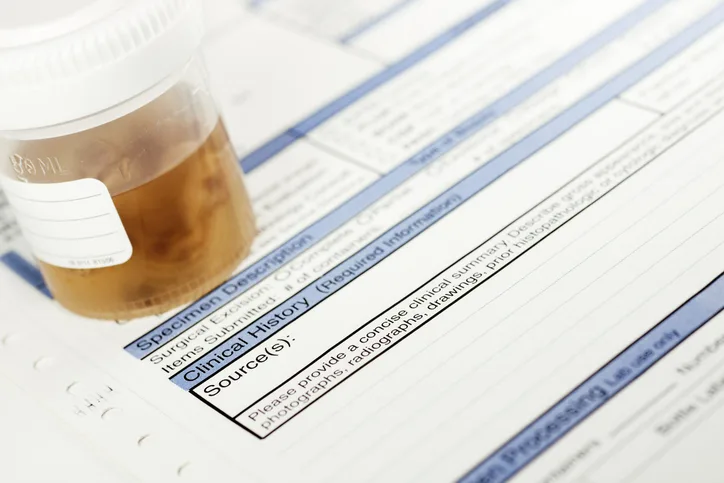
In the Literature
Rishniw M, Freeman KP. Clinical pathologists should limit modifier terms used to denote probability of a diagnosis: a survey-based study. J Am Vet Med Assoc. 2023;261(4):1-8. doi:10.2460/javma.22.11.0488
The Research …
In this study, clinical pathologists and clinicians were surveyed regarding interpretation of modifier terms used in cytology reports to denote the level of confidence in a diagnosis (for example: probable lymphoma vs suggestive of lymphoma vs cannot rule out lymphoma).
Clinical pathologists and clinicians agreed on interpretation of probability estimates for many terms. For example, most likely was interpreted to represent diagnostic probability of 70% to 90% by most respondents in both groups. Interpretation was variable for several terms, however, including presumptive of, which clinicians most commonly estimated to represent probability of 70% to 95% and pathologists most commonly estimated to represent 50% to 75%. This variability is similar to previous human and veterinary studies.1,2 The current and former studies suggest that limiting the number and standardizing the use of modifier terms could improve communication but acknowledge that a standardized system may be difficult to develop and adopt.
… The Takeaways
Key pearls to put into practice:
A widely adopted system of limited modifier terms could clarify communication and reduce uncertainty on pathology reports; however, modifiers alone do not fully represent adequate communication. Collaboration between clinicians and pathologists is key.
Clinicians can improve the accuracy of diagnostic tests, including cytology, by providing relevant clinical information.3 Pathologist confidence is typically increased when microscopic findings match the lesion description and clinical findings. Conversely, pathologists are more likely to be cautious if there are discrepancies between pathologic findings and clinical suspicion. Such caution may also be used in the absence of clinical information and cause unnecessary equivocation.
Most modifiers indicate some degree of uncertainty. Pathologists should provide clarification in the comments section of the report, indicating what aspects of the diagnosis are uncertain, why there is uncertainty, what differentials are being considered, and what additional steps are recommended.
Contacting the pathologist for clarification is recommended if there is uncertainty when interpreting a diagnosis, its modifier, or comments, as well as when a diagnosis is inconsistent with clinical suspicion (even if the diagnosis appears definitive). Discrepancies may indicate an error or a highly unusual case, and examining possible causes can be beneficial.
You are reading 2-Minute Takeaways, a research summary resource presented by Clinician’s Brief. Clinician’s Brief does not conduct primary research.